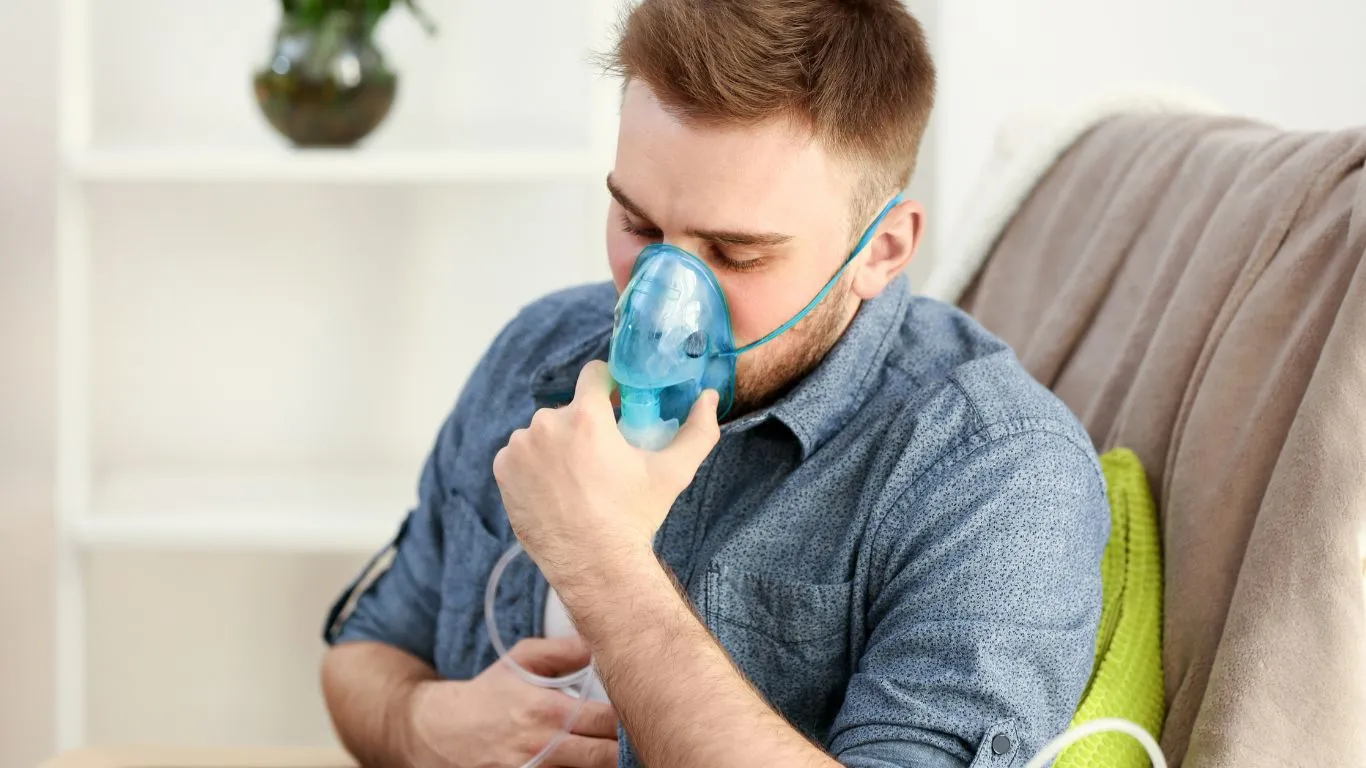How to Stay Active with Asthma – Your Guide to Fitness & Breathing Easy
Wondering how to keep moving even with asthma? No worries, we’ve got you covered with simple tips to help you stay active while managing your asthma.
 Having asthma doesn’t mean you have to miss out on staying fit. In fact, being active is a key part of managing asthma and keeping your lungs in tip-top shape. The key is finding activities that work for you and knowing how to keep your symptoms in check. Let’s dive into how to stay active with asthma in a way that’s safe, effective, and fun!
Having asthma doesn’t mean you have to miss out on staying fit. In fact, being active is a key part of managing asthma and keeping your lungs in tip-top shape. The key is finding activities that work for you and knowing how to keep your symptoms in check. Let’s dive into how to stay active with asthma in a way that’s safe, effective, and fun!
Why Staying Active with Asthma is Important
Asthma affects your lungs and makes it harder to breathe, especially during exercise or intense activity. But guess what? Regular exercise can actually help improve lung function and reduce asthma symptoms over time. It helps by strengthening the muscles around your lungs and increasing your lung capacity. But here’s the thing: you’ll need to be smart about it. You don’t have to do extreme workouts to get the benefits—just staying active is enough, as long as you’re mindful of your asthma triggers.
How to Stay Active When You Have Asthma
Okay, so you’re probably wondering: how exactly can you stay active without triggering an asthma attack? Here are some practical tips to help you stay on track while keeping your asthma under control.
1. Choose the Right Exercise
Not all exercises are created equal when it comes to asthma. Some activities are more gentle on your lungs, while others may be more likely to cause symptoms. Here’s a breakdown:
- Best Exercises for Asthma:
- Walking: Low-intensity and easy on your lungs.
- Swimming: The warm, moist air around a pool can actually be helpful for asthma sufferers.
- Yoga: This is awesome for breathing control and flexibility.
- Cycling: A nice option, but keep it at a moderate pace.
- Exercises to Avoid (or Modify):
- Running or intense cardio (if you’re not used to it): Can lead to more wheezing and shortness of breath.
- Cold-weather sports: The cold air can trigger asthma attacks in some people, so consider indoor activities during the winter.

2. Warm Up Properly
Warming up before any workout is super important for anyone, but it’s even more crucial when you have asthma. Starting your exercise routine too quickly can cause your airways to tighten. A slow, gradual warm-up will help prepare your lungs for more activity. Start with gentle stretches or a slow-paced walk, and then gradually pick up the intensity.
3. Listen to Your Body
Your body is your best guide when it comes to managing asthma and exercise. If you feel tightness in your chest, wheezing, or shortness of breath, it’s okay to stop and take a break. Don’t push yourself too hard—gradually build up your fitness level over time. Also, don’t forget your inhaler! Keep it with you during workouts in case you need it.
4. Check the Air Quality
Before heading out for a run or bike ride, check the air quality in your area. High pollution or pollen levels can trigger asthma symptoms, so it’s a good idea to avoid outdoor exercise when the air quality is poor. On days with high pollution, consider heading indoors to work out.
5. Stay Hydrated
Dehydration can make asthma symptoms worse, so be sure to drink enough water before, during, and after exercise. Proper hydration helps keep your airways moist and reduces the chances of an asthma flare-up.
6. Control Your Environment
If you prefer working out at home or in the gym, make sure the space is well-ventilated. Poor air circulation can irritate your lungs, leading to asthma attacks. If you’re exercising outdoors, try to avoid cold, dry air. Opt for a mild day with warmer temps to avoid triggering symptoms.
How Exercise Helps with Asthma
Exercise might sound counterintuitive when you’re dealing with asthma, but regular physical activity can actually make your asthma symptoms more manageable. Here’s how:
- Improves lung capacity: Exercise strengthens your lungs, which helps you breathe easier over time.
- Increases endurance: Gradually increasing your fitness level can reduce shortness of breath during everyday activities.
- Boosts overall health: Staying active keeps your immune system strong, which can help you fend off infections that might trigger asthma.

Asthma-Friendly Activities
Here are some specific activities that are often asthma-friendly and can keep you moving:
- Swimming: The humid air near a pool can make it easier to breathe, and the water offers gentle resistance that’s great for building strength.
- Cycling: A moderate-paced bike ride is a great low-impact cardio exercise that doesn’t overtax your lungs.
- Yoga and Pilates: These practices focus on deep breathing and can help you control your asthma while improving your flexibility and core strength.
- Strength Training: Lifting weights or doing bodyweight exercises like squats and lunges can keep your muscles strong without overtaxing your lungs.
Managing Asthma While Exercising
If you’re just starting out with exercise or if you’re unsure about how to manage your asthma during physical activity, here are a few tips to make things easier:
- Always carry your rescue inhaler: If you need it, having your inhaler nearby is crucial. Use it as directed by your doctor if you feel symptoms coming on.
- Start slow and build up: Don’t rush into intense workouts. Give your body time to adjust, and slowly increase the intensity as you get more comfortable.
- Know your limits: It’s important to stay within your comfort zone. Don’t try to do too much too soon. Gradual progress is key.

Conclusion
Staying active with asthma is totally doable with the right approach. The key is to listen to your body, choose activities that work for you, and take steps to prevent asthma flare-ups during exercise. Over time, you’ll find that staying active helps not only with managing asthma but also with improving your overall health and fitness.

Bianca Nala is a compassionate Nurse Practitioner with a strong background in primary and respiratory care. As a health writer for Healthusias.com, she combines her clinical expertise with a talent for clear, relatable storytelling to help readers better understand their health. Bianca focuses on topics like asthma, COPD, chronic cough, and overall lung health, aiming to simplify complex medical topics without losing accuracy. Whether she’s treating patients or writing articles, Bianca is driven by a single goal: making quality healthcare knowledge accessible to everyone.






